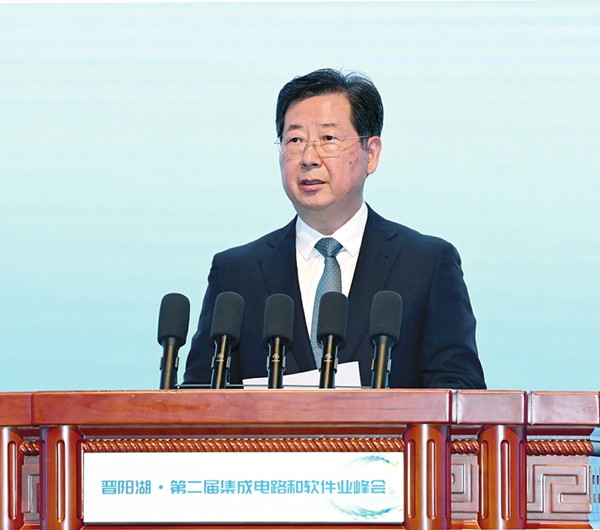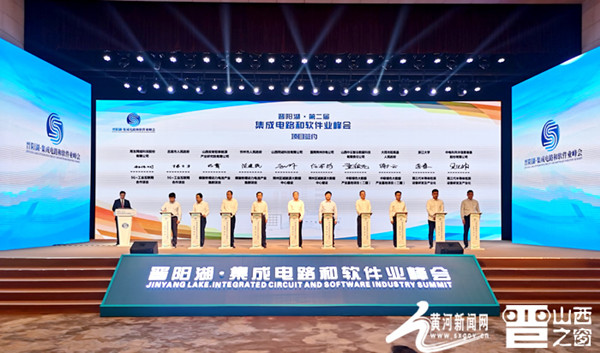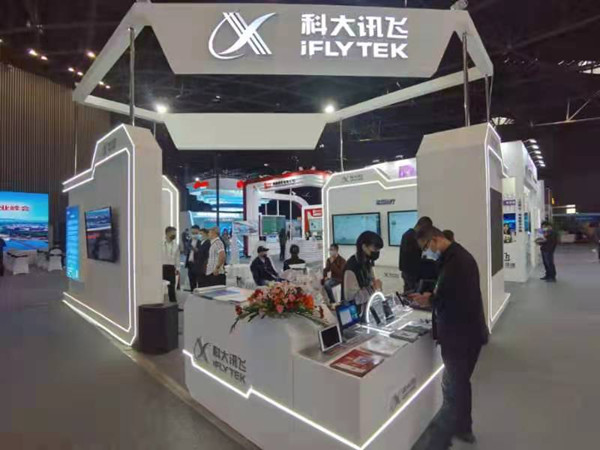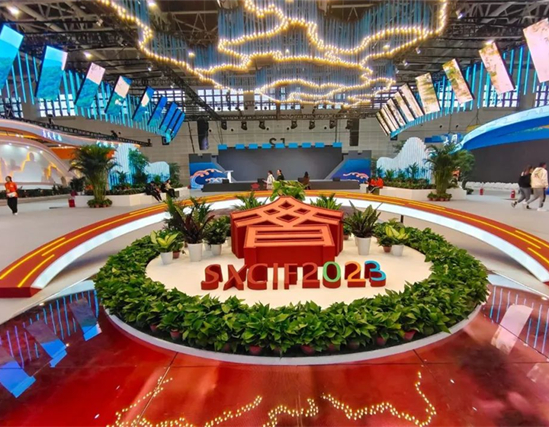Taiyuan summit eyes IC, software industrial upgrading
Updated: 2021-05-12

Lou Yangsheng, Party chief of Shanxi province, addresses the opening ceremony of the 2nd Jinyang Lake Integrated Circuit and Software Industry Summit in Taiyuan, Shanxi province, on May 11. [Photo/Shanxi Daily]
The 2nd Jinyang Lake Integrated Circuit (IC) and Software Industry Summit was held on May 11 and 12 in Taiyuan, capital of North China's Shanxi province.
The summit was co-sponsored by China Software Industry Association, China Semiconductor Industry Association, China Industrial Information Security Development Research Center and the council of the Jinyang Lake IC and Software Industry Summit.
It aimed to grasp the new stage, integrate into the new pattern and plan a new layout, as well as shape new advantages in IC and software development.
More than 1,000 government officials, experts, academics and representatives from IC and software companies attended the summit, offering suggestions on the development of Shanxi's information industry.
Lou Yangsheng, Party chief of Shanxi province, welcomed the guests attending the summit at the opening ceremony and said that developing the IC and software industry is a strategy to promote high-quality transformation and development in Shanxi and a major measure to advance the national strategy.
Lou added that Shanxi has always considered the IC and software industry as its strategic development project and that the first Jinyang Lake IC and Software Industry Summit held last year had a positive impact and achieved fruitful results.
Several academics and representatives of leading domestic IC and software enterprises, such as China Electronics Technology Group Corp and Huawei Technologies Co, delivered keynote speeches during the summit's keynote forum.
Zheng Zhiming, director of State Key Laboratory of Software Development Environment, suggested that Shanxi rely on blockchain to further the integration of energy and modern information technology, and promote the integration of blockchain and finance to advance the rapid development of Shanxi's economy and social services.

A signing ceremony for 16 representative joint ventures is held on May 11 during the summit. A total of 91 projects with an investment of 116.5 billion yuan ($18.08 billion) were signed during the meeting. [Photo/sxgov.cn]
A number of activities were held at the keynote forum: a signing ceremony for joint ventures, a release event for new products and technologies and a nameplate unveiling ceremony for seven IC and software-related industrial parks, industrial associations and institutes. The forum was followed by four special forums focusing on IC, software, industrial systems and the digital and intelligent transformation of industries.
An exhibition showcasing the latest IC and software technologies and products and supply-demand matchmaking activities were also held during the two-day summit.

IC and software enterprises display the latest technologies and products at the exhibition hall during the summit. [Photo provided to chinadaily.com.cn]
Shanxi has made considerable progress in the IC and software industry and it has more development space in the future, as the province has comparative advantages in the semiconductor electronic and optoelectronic equipment fields. Its local complete machine system industry has become a vital IT application innovation industrial cluster in China, said Liu Liehong, an academician at the Chinese Academy Sciences and vice-minister of the Ministry of Industry and Information Technology.
In 2020, the main revenue of Shanxi's software enterprises above designated size – those with annual revenue of more than 20 million yuan – increased 14.03 percent year-on-year. Also, 11 software businesses had annual revenue exceeding 100 million yuan.
Moving forward, the province will form a strategic emerging industrial cluster represented by the IT application innovation, big data and semiconductor industries, and build itself into a major national manufacturing base for emerging and future industries during the 14th Five-Year Plan period (2021-25).



